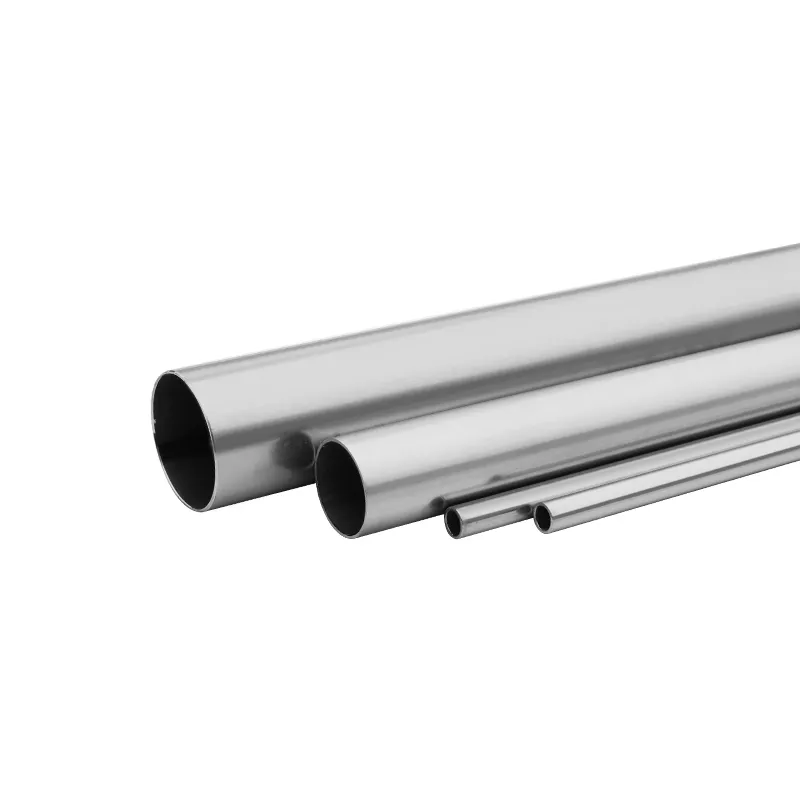air conditioning parts automotive
Dec . 04, 2024 09:59
Understanding Automotive Air Conditioning Parts A Comprehensive Guide
Automotive air conditioning systems are essential for ensuring passenger comfort, especially during warm weather. These systems regulate the temperature and humidity inside the vehicle and play a vital role in providing a pleasant driving experience. To appreciate how an air conditioning system functions, it’s important to understand its components and the role each part plays. In this article, we’ll delve into the key parts of automotive air conditioning systems and their functions.
1. Compressor
The compressor is often referred to as the heart of the air conditioning system. Its primary function is to compress refrigerant gas and circulate it through the system. When the engine is running, the compressor engages and increases the pressure of the refrigerant, transforming it into a high-pressure gas. This gas then flows to the condenser. A well-functioning compressor is crucial; if it fails, the entire system will be compromised.
2. Condenser
Once the high-pressure refrigerant gas leaves the compressor, it enters the condenser, which is usually located at the front of the vehicle, behind the grill. The condenser’s primary role is to cool down the gas by dissipating heat to the outside air. As the refrigerant passes through the condenser coils, it loses heat and transforms into a high-pressure liquid. The efficiency of the condenser is vital for effective cooling, and blockages or damage can lead to poor performance.
3. Expansion Valve
The expansion valve, or thermal expansion valve (TXV), is a critical component that controls the flow of refrigerant into the evaporator. It reduces the pressure of the refrigerant, allowing it to expand and cool rapidly. By regulating the amount of refrigerant that enters the evaporator, the expansion valve ensures that the system operates efficiently. A malfunctioning expansion valve can lead to either inadequate cooling or excessive frost buildup, impacting overall performance.
air conditioning parts automotive
4. Evaporator
The evaporator is located inside the vehicle, typically under the dashboard. Its job is to absorb heat from the interior cabin air. The low-pressure liquid refrigerant enters the evaporator, where it evaporates and absorbs heat, cooling the air that is blown into the cabin. As the refrigerant evaporates, it turns back into a gaseous state, ready to return to the compressor and complete the cycle. The evaporator is essential for cabin comfort, and any issues here can lead to warm air being circulated within the vehicle.
5. Accumulator/Drier
The accumulator or drier is responsible for removing moisture from the refrigerant to prevent contamination and corrosion within the system. Moisture can lead to ice formation in the expansion valve or other components, causing system failure. The drier also contains desiccant materials that absorb any water vapor, ensuring that only clean, dry refrigerant circulates through the system. Keeping the accumulator or drier in good condition is critical for maintaining system integrity.
6. Blower Motor
The blower motor is responsible for circulating air through the evaporator and into the vehicle’s cabin. It pulls air from outside or recirculated air, which is then cooled by the evaporator before being pushed through the vents. A malfunctioning blower motor can lead to insufficient airflow, meaning that even if the air conditioning system is working properly, passengers may still feel uncomfortable due to inadequate air distribution.
Conclusion
Understanding the various parts of automotive air conditioning systems provides insight into how they function and highlights the importance of each component in achieving a pleasant driving experience. Regular maintenance and timely replacements of these parts can prevent system failures and ensure that the air conditioning system works effectively. Whether you are a DIY enthusiast or simply a car owner, familiarizing yourself with these components can empower you to keep your vehicle's A/C system in top condition, enhancing comfort on the road.
 Afrikaans
Afrikaans  Albanian
Albanian  Amharic
Amharic  Arabic
Arabic  Armenian
Armenian  Azerbaijani
Azerbaijani  Basque
Basque  Belarusian
Belarusian  Bengali
Bengali  Bosnian
Bosnian  Bulgarian
Bulgarian  Catalan
Catalan  Cebuano
Cebuano  Corsican
Corsican  Croatian
Croatian  Czech
Czech  Danish
Danish  Dutch
Dutch  English
English  Esperanto
Esperanto  Estonian
Estonian  Finnish
Finnish  French
French  Frisian
Frisian  Galician
Galician  Georgian
Georgian  German
German  Greek
Greek  Gujarati
Gujarati  Haitian Creole
Haitian Creole  hausa
hausa  hawaiian
hawaiian  Hebrew
Hebrew  Hindi
Hindi  Miao
Miao  Hungarian
Hungarian  Icelandic
Icelandic  igbo
igbo  Indonesian
Indonesian  irish
irish  Italian
Italian  Japanese
Japanese  Javanese
Javanese  Kannada
Kannada  kazakh
kazakh  Khmer
Khmer  Rwandese
Rwandese  Korean
Korean  Kurdish
Kurdish  Kyrgyz
Kyrgyz  Lao
Lao  Latin
Latin  Latvian
Latvian  Lithuanian
Lithuanian  Luxembourgish
Luxembourgish  Macedonian
Macedonian  Malgashi
Malgashi  Malay
Malay  Malayalam
Malayalam  Maltese
Maltese  Maori
Maori  Marathi
Marathi  Mongolian
Mongolian  Myanmar
Myanmar  Nepali
Nepali  Norwegian
Norwegian  Norwegian
Norwegian  Occitan
Occitan  Pashto
Pashto  Persian
Persian  Polish
Polish  Portuguese
Portuguese  Punjabi
Punjabi  Romanian
Romanian  Samoan
Samoan  Scottish Gaelic
Scottish Gaelic  Serbian
Serbian  Sesotho
Sesotho  Shona
Shona  Sindhi
Sindhi  Sinhala
Sinhala  Slovak
Slovak  Slovenian
Slovenian  Somali
Somali  Spanish
Spanish  Sundanese
Sundanese  Swahili
Swahili  Swedish
Swedish  Tagalog
Tagalog  Tajik
Tajik  Tamil
Tamil  Tatar
Tatar  Telugu
Telugu  Thai
Thai  Turkish
Turkish  Turkmen
Turkmen  Ukrainian
Ukrainian  Urdu
Urdu  Uighur
Uighur  Uzbek
Uzbek  Vietnamese
Vietnamese  Welsh
Welsh  Bantu
Bantu  Yiddish
Yiddish  Yoruba
Yoruba  Zulu
Zulu 












